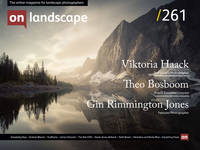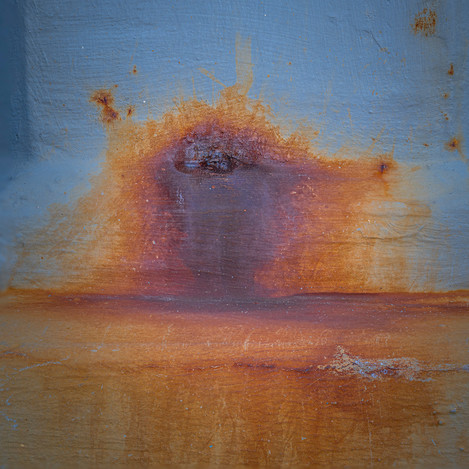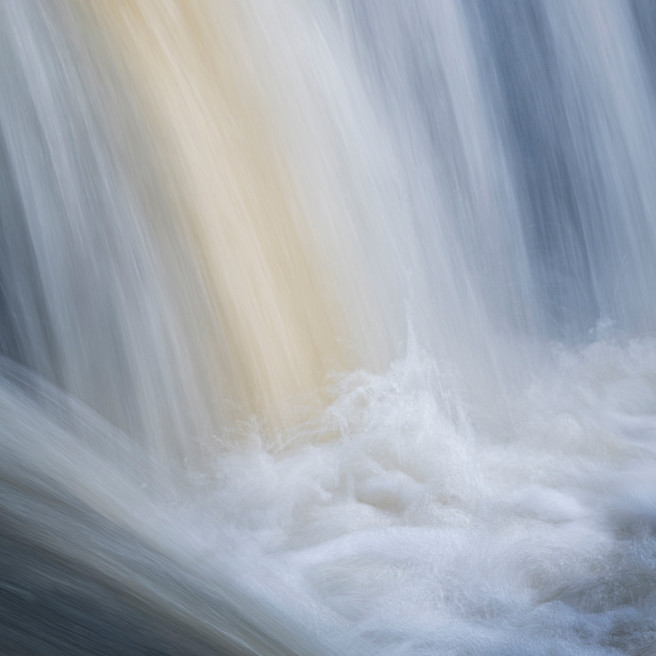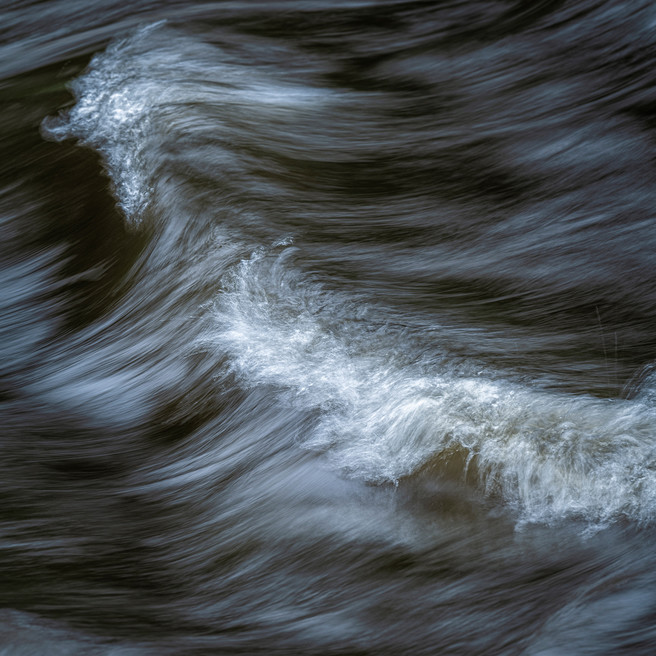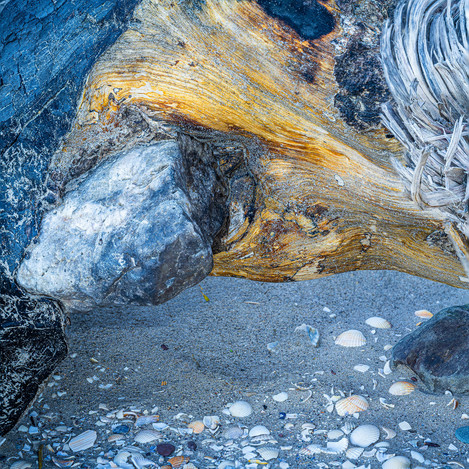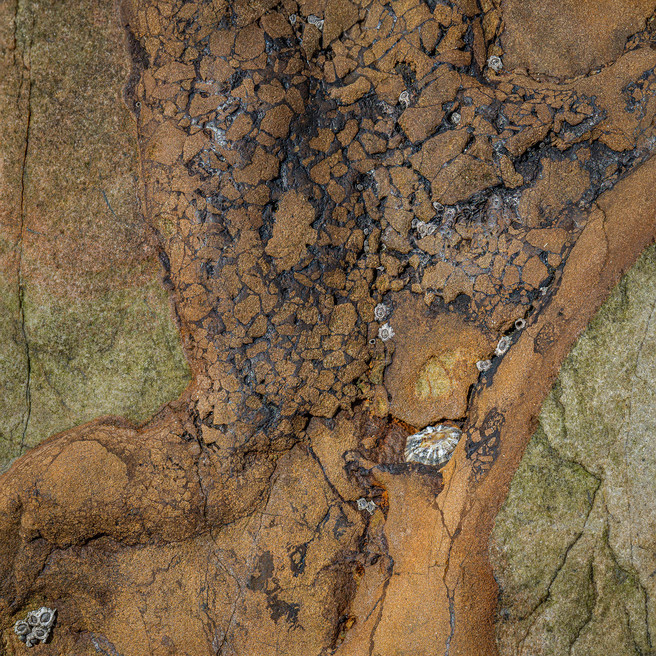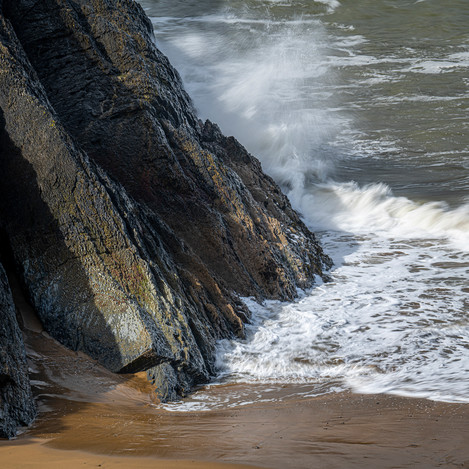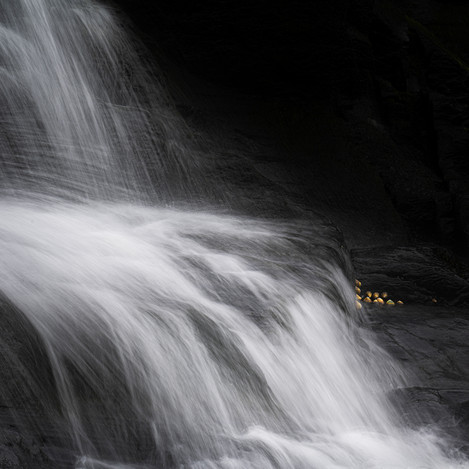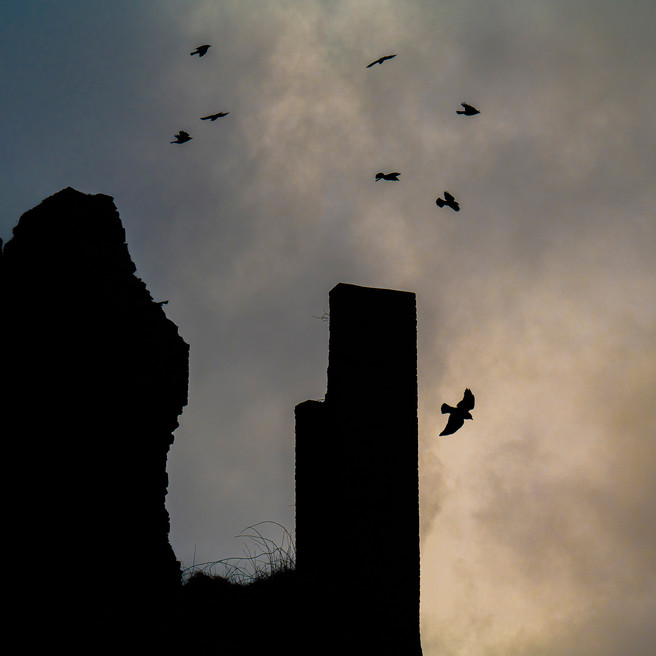Unseen Nine

Andrew Warren
Andrew first became interested in photography from about the age of 18 acquiring an OM-10, initially to record the very large carp and barbel he was catching as a dedicated angler. The camera was simply a tool and he learned how to use it as means to a very prosaic end! Over time, Andrew became more interested in what a camera could do in its own right and as a means of expression, and gradually, photography took over from fishing as a passion.
Andrew spent 26 years as a secondary school teacher and headteacher, but became disillusioned, and he walked away from the profession before he came to hate a job that he had once loved.
He now lives in west Wales with his wife, Debbie, and dog Jeff, and makes a humble but sufficient living from photography
For the past six and half years, I have made the majority of my income from photography, and the majority of this income has been from print sales.
I live in west Wales, right at the point where the three counties of Ceredigion, Carmarthenshire and Pembrokeshire meet; the “old” Dyfed. It’s a beautiful area, and I have never felt the need to drive more than an hour for my landscape photography, save for the odd trip to Blaenau Ffestiniog (which I love) and London.
I sell my landscape prints through a couple of art and craft cooperatives which have permanent galleries, sale or return in a large number of seasonal and permanent outlets, and with four craft groups of which I am a member where, from Easter to October, we rent suitable premises from a few days to 5 months and divide the stewarding duties.
To be perfectly honest, I have come not to like many of the images that sell the best, and they’d certainly end up nowhere near my wall, and conversely, the images that I do really like, sell modestly or, in some cases, not at all!
I have, though, really enjoyed the process of building up a portfolio of these saleable images, of learning about the landscape where I live, learning to understand how weather, tide and light can combine in different places to produce pleasing results. I have enjoyed (re)learning how to use a camera in a variety of situations and to take control of the controllables to get the images that I want. I have enjoyed learning how to use software to process the RAW files to give a finished photo that looks the way that I want it to but retains an integrity to what I witnessed. The whole thing has been fun!
The thing is, though, after more than six years of doing this, it is no longer a challenge. It has got to the stage that if I feel the need to add another pretty picture to my portfolio of images that tourists are willing to buy, I can have a look at a few apps, choose my location appropriately, and be reasonably confident that I can pop along, and get the outcome that I want. It’s not that I hate or resent doing this. To a point, I still enjoy it, it’s just that it no longer really satisfies me: it isn’t enough.
Over the last year or so, whenever I have gone out with a camera, it has increasingly been for me; to do what I want to do, to learn new stuff, rather than to add another photo of an obvious location to my portfolio (although commercially, I do have to do a bit of this). I have become much more interested in the details of a place rather than the wider view. The small things that would often have gone unnoticed are increasingly fascinating to me, and I have a strong desire to record them but do so in a way that is very visually appealing. I suppose that, conventionally, a landscape photographer photographs a view or a scene with the intent of showing the viewer what he or she would have seen had they been stood next to the photographer. I am becoming much more interested in showing the viewer stuff that they probably wouldn’t have seen had they been stood next to the photographer, but stuff which can be really interesting and/or beautiful. For me, it’s about going beyond the obvious and really trying to get under the skin of a place.
What I didn’t expect is just how hard this is! To be perfectly honest, in the past, I’d looked at the work of photographers like David Ward and not really got it. I couldn’t see the point, and anyway, the photographs just looked a bit like snaps of random objects to me that pretty much anyone who knows how to use a camera could do (sorry David!). I am very happy to say, here and now, I could not have been more wrong, and by actually becoming firstly interested in it, and then by trying to actually do it, I have come to realise it is very, very difficult to do, even vaguely competently, let alone superbly well. It is much, much, much harder, in my opinion than photographing the wider scene. And, I don’t think that it is just because I am relatively new to it, either. I do think that it is, inherently, a harder or more challenging approach to get “right”.
There are a couple of reasons for this, I think. Firstly, the approach to looking at the details of a place is completely different to the photographing of the wider view, for me at least. When I do go out to get an image of a wider view to put out for sale, I usually have a very clear idea in my head of what it is I want to photograph. Not just the place, but more or less the exact composition. I will check the tide apps, the weather apps and The Photographer’s Ephemeris and go to the right place at the right time. I am successful more often than not, and failure is usually down to the weather not doing what it was supposed to do.
When I go out to take the sort of photographs for me that I’ve described, I pay little or no attention to weather, tide or light. I pick a day and a place, I take a camera, two lenses and a tripod, and I go for a wander. I do everything I can to absolutely not try to preconceive any kind of image or prejudge what I might find. This is difficult because you not only have to look really hard, but you also have to learn to see in very new and exciting ways. So, I’ll be wandering along, and usually, I see nothing at all. After a while, I usually see something that might be a photograph. I think it just takes a bit of time to get in to the mindset of looking hard and seeing differently.
Once I’ve found something that might be a photograph, the real work starts. And it’s here I think that the second reason for this being such a challenge rears its head. It’s a truism that photography is the opposite of painting: the painter starts with a blank canvas and paints in what s/he wants or sees. The photographer starts with all of reality in front of him or her and has to edit this down until there is a photograph that says what he or she wants it to say. When photographing the wider scene, I just think that this is, by definition, a less complicated process. When looking at the intimate, millimetres matter!
So, having found something that might be a photograph, I usually spend quite some time just looking at it, walking round it and really studying it hard, with the camera still in the bag. This can very easily take half an hour.
The concentration and attention to detail that this takes is way beyond what, I at least, use when photographing a wider view. The thing is that it doesn't seem like an hour; it’s only if I look at my watch afterwards that I realise. There have been occasions when I’ve spent the whole day in an area no bigger, and often a lot smaller, than a football pitch and made maybe 3 or 4 images if I’m lucky. I may have walked far less than a mile, but I am exhausted (but sometimes exhilarated) too! It’s the mental rather than the physical exertion that is the hard part.
In a former life, I knew a hypnotherapist very well. I was extremely sceptical about the whole process. That was until I said, “Go on then, Tim, put me under!”. Without going into unnecessary detail here, it was a profound experience that, 16 years on, I still remember vividly. What Tim also taught me was some self hypnosis techniques, and it is these that I employ when I’m out with a camera. One of the things that he used to say to me frequently was, “It’s when you focus your attention on your intention that you can achieve great things”. My intention is to make an interesting and hopefully appealing photograph, and all of my attention becomes focused on this to the point where hours pass and seem like minutes. Although I am not claiming that my photographs are great!
One thing has been bugging me, though: what to “do” with this new (to me) approach. A conversation with Rachael Talibart gave me the answer. Using Blurb, I have turned them into a project and a book, just for me, really.
I visited nine locations that I know intimately well, within an hours drive of home. For each of the locations, I photographed an obvious, wider view that went on the left hand page of the two pages in the book allocated to that location. Then, within that view the challenge was to find four more intimate photographs of the “unseen” that would be both interesting and hopefully appealing, to go on the right hand page opposite the wider view. And, believe me, it was a real challenge, but one that I loved and consumed me for months. The idea is to use the more obvious wider view as the hook to hopefully attract the viewer’s attention and then more or less force them to consider photographs that otherwise they would possibly have only glanced at or not even looked at at all.
I don’t know if I have succeeded or not, but it has given my love of this approach to photography a purpose, and it has helped me to focus my attention on my intention. It has also led me to really think about what it is that I want to achieve with my photography, beyond taking pretty pictures for the tourist market.
I don’t know exactly how these will evolve, or even if they will all come to fruition, but what I do know is that this approach is, at the same time, both hugely liberating and exciting for me and really forcing me to continually question why I am doing what I am doing. The why of photography is so much more important than the how or the what!
Have you got a project that you would like to write an article about? Or perhaps a photography trip that you have been on and would like to share an article about the images? Get in touch as we are always looking for submissions.
- Aberystwyth
- Cenarth
- Henllan
- Llansteffan
- Marloes
- Mwnt
- Porthgain
- Poppit
- Tresaith

